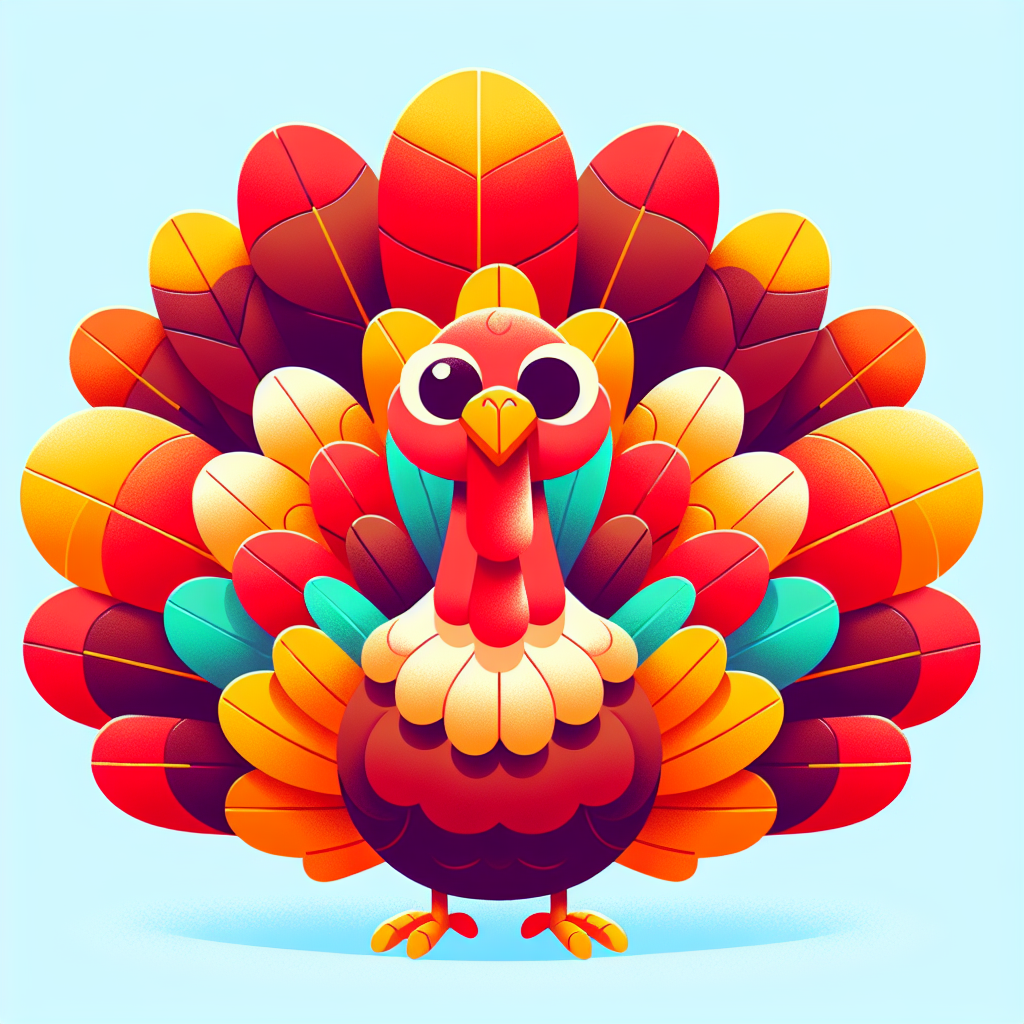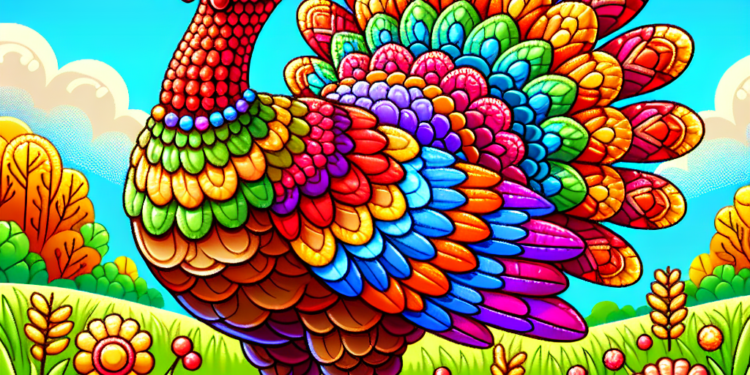Introduction to the Fascinating World of Turkeys
When you think of turkeys, the first thing that might come to mind is the centerpiece of a Thanksgiving feast. But there’s so much more to these birds than their culinary role. In this blog post, we’re going to explore the clipart:t4h-x66pih4= turkey. We’ll uncover their history, discuss their surprising intelligence, and reveal fun facts that will make you see them in a whole new light. Whether you’re a turkey enthusiast or just curious about these feathered creatures, this article will provide you with a wealth of knowledge.
The Historical Significance of Turkeys
Turkeys have a rich history that dates back thousands of years. Native Americans were the first to domesticate turkeys. They were not only a source of food but also played a part in cultural practices and ceremonies. The wild turkey was so respected that Benjamin Franklin once suggested it, rather than the bald eagle, be America’s national bird. Understanding this history gives us a deeper appreciation for turkeys and their long-standing connection to human culture.
Turkeys in Modern Culture
Today, turkeys are most commonly associated with Thanksgiving in the United States. This tradition began in the early 17th century when Pilgrims and Native Americans shared a meal. Over time, the turkey became the symbol of this holiday. But turkeys’ influence extends beyond the dinner table. They’ve appeared in popular culture, from cartoons to movies, highlighting their unique and sometimes comical characteristics.
Wild vs. Domestic Turkeys
Did you know that there are significant differences between wild and domestic turkeys? Wild turkeys are agile and can fly short distances, reaching speeds up to 55 mph. Their eyesight is also quite sharp, which helps them detect predators. On the other hand, domestic turkeys have been bred for size and are generally unable to fly. Understanding these differences enhances our appreciation for both types of turkeys and their roles in nature and agriculture.
The Anatomy of a Turkey
Turkeys are fascinating creatures with unique anatomical features. One of the most noticeable is the wattle, the fleshy protuberance hanging from their neck. Another is the snood, the flap of skin that drapes over their beak. These features aren’t just for show; they play a role in mating rituals and thermoregulation. Learning about their anatomy provides insight into how turkeys have adapted to their environments over time.
The Intelligence of Turkeys
Turkeys are smarter than you might think. They have been observed using tools and solving problems, showcasing their cognitive abilities. Turkeys can also communicate using a variety of vocalizations, each with its own meaning. Their social structures are complex, with hierarchies and roles that help maintain order within a flock. Recognizing their intelligence challenges common misconceptions and encourages us to view turkeys as more than just livestock.
Fun Facts About Turkeys
Turkeys are full of surprises. Did you know that only male turkeys gobble? Or that a turkey’s head can change color to express emotion? These birds also have excellent vision, with a 270-degree field of view. Such intriguing facts make turkeys even more interesting and highlight their unique place in the animal kingdom.

The Role of Turkeys in the Ecosystem
Wild turkeys play an important role in their ecosystems. They are omnivores, feeding on a diverse diet that includes insects, plants, and small animals. This helps control insect populations and disperse seeds, contributing to forest health. By understanding their ecological impact, we can better appreciate the balance turkeys help maintain in natural environments.
Turkey Farming and Sustainability
Turkey farming has become a major industry, providing food for millions. However, it also raises questions about sustainability and animal welfare. Many farms are now adopting more humane and eco-friendly practices, such as free-range systems and organic feed. Supporting these initiatives can lead to a more sustainable future for both turkeys and the planet.
Cooking and Preparing Turkey
Preparing turkey for a meal is an art that combines tradition and innovation. From roasting to smoking, there are countless methods to bring out the best flavors. Understanding the nuances of cooking turkey can elevate your culinary skills and ensure that every bite of your holiday feast is a memorable one.
Turkey Recipes Beyond Thanksgiving
While Thanksgiving might be the most popular time for turkey, there are many delicious recipes to enjoy year-round. Think turkey tacos, soups, or even turkey burgers. These dishes showcase turkey’s versatility and provide healthy alternatives to other meats. Exploring these recipes can inspire creativity in the kitchen and broaden your culinary horizons.
Turkeys in Conservation Efforts
Conservation efforts have helped wild turkey populations rebound from near extinction in the early 20th century. Organizations have worked tirelessly to restore habitats and implement sustainable hunting practices. Learning about these efforts reminds us of the importance of wildlife conservation and the positive impact it can have on species survival.
Conclusion and Call to Action
Turkeys are truly remarkable creatures, with a rich history and many roles in culture, nature, and cuisine. By learning more about them, we can foster a deeper appreciation for their place in our world. If you’re inspired to learn more or get involved in turkey conservation, consider reaching out to local wildlife organizations. Let’s continue to celebrate and protect these incredible birds for generations to come.







































